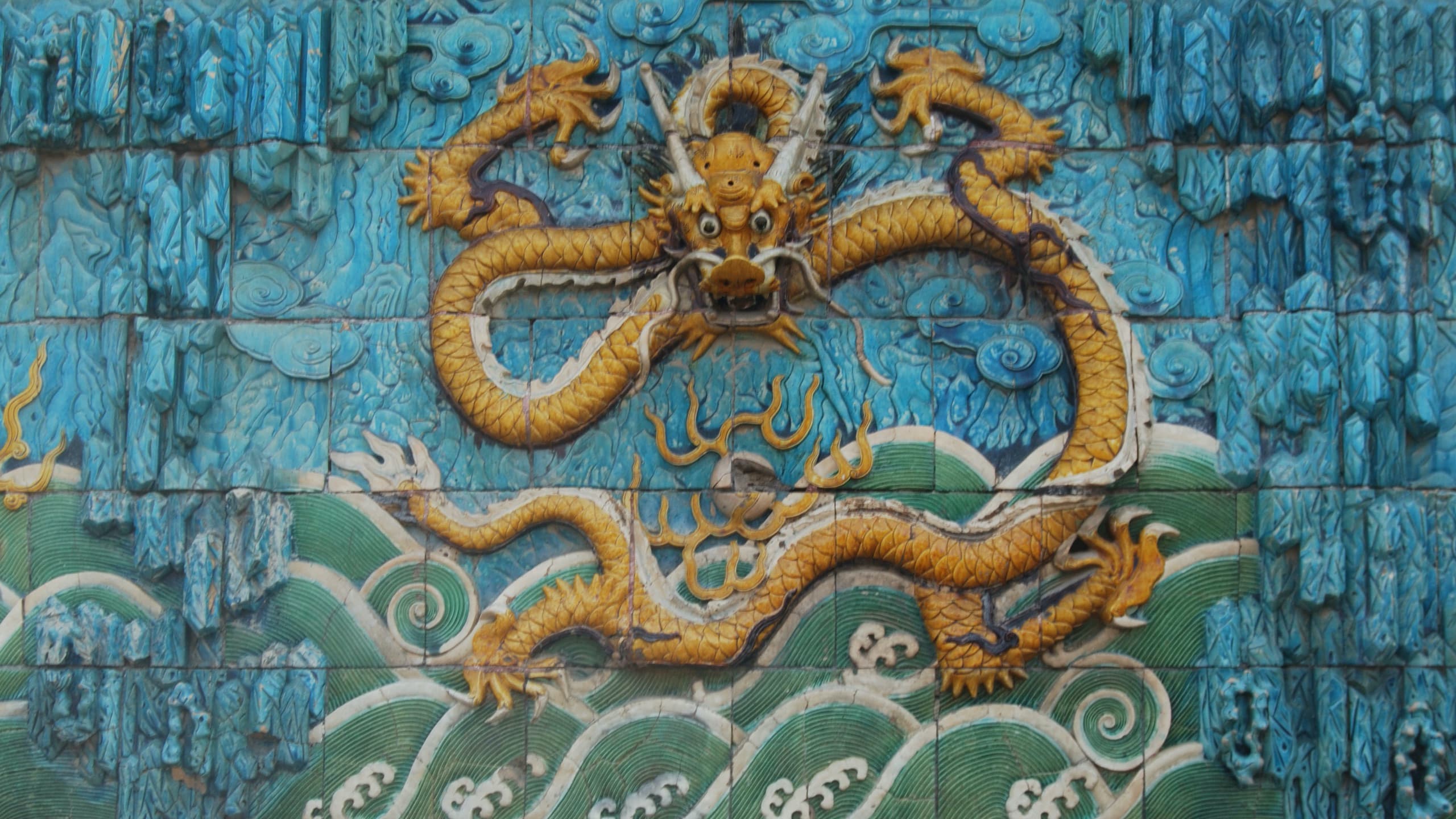The nominal and factual facets of China’s ‘River Chief’ System
In Chinese mythology, the dragons are the holy creatures that govern all water. Therefore, in modern times, the water management of water in China is often likened to ‘nine dragons governing water’. The number 9 in Chinese culture is an extreme number meaning a large quantity. This metaphorically reveals the complexity of water management in China on one hand, and illustrates the extensive involvement of different agencies across different sectors of society. Such intertwined complexity gave birth to the ‘River Chief’ system of China 2016.
River chiefs are usually the heads of the local governments at corresponding jurisdictions to the rivers. Heads of provincial, municipal, county and township governments assume the role of river chiefs for rivers within their administrative boundaries. By mid 2018, there have been more than 300,000 river chiefs around the country. This new system in water management is valuable because it makes clear the obligatory parties, i.e., the river chiefs, for bringing rivers within their jurisdictions under good management, and allows them to build under their authority a holistic and integrated governance approach. However, the new system is not free from problems. For example, as river chiefs are also heads of the local governments, the system overwhelmingly relies on their personal authority. As the system is a new one, much of its benchmarking system is still far from maturity, and some tends to be less adaptive to realities. The system is also susceptible to radical policies for the lack of policy consistency in some cases.
For improvement of the system, there are needs to move more focus from its nominal aspects to factual ones. This means first to improve the synergy and consistency of policies, which is to integrate different priorities and adopt long-term solutions. Improving the benchmarking system is a second need, which should be integrated into the existing benchmarking systems to avoid repetition, as river chiefs are also existing officials who are taking a variety of other mandates simultaneously. A third addition would be to clarify the responsibilities and authority of river chiefs via legislation. Last but not least, high data transparency and public participation would allow the crowdsourcing of the many threads that are important to river management.
Full paper
- Jing X., Tian G. Practice and path exploration of river chief system boosting river basin ecological management [in Chinese]. China Water Resources, 2021(08):8-10+17.




